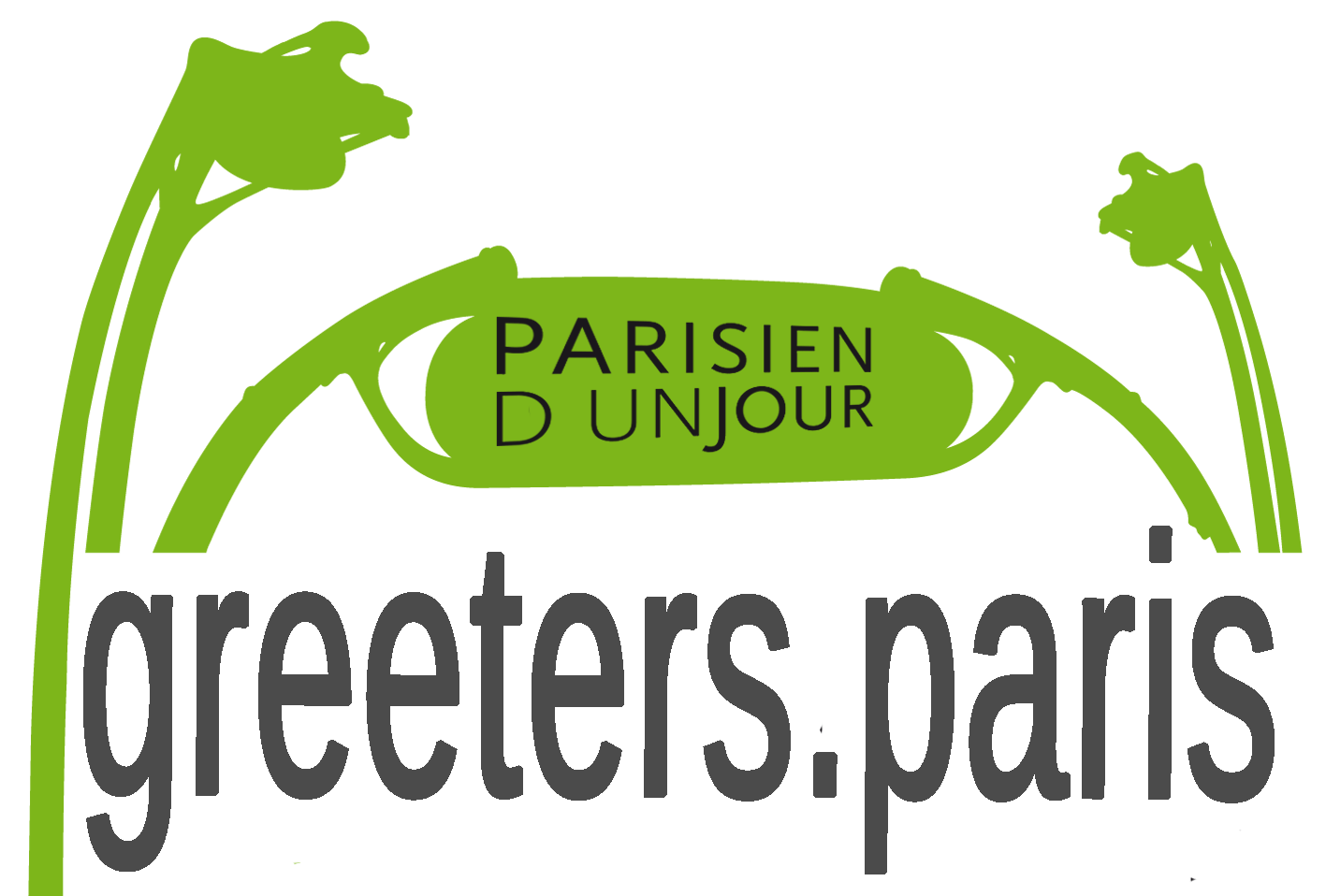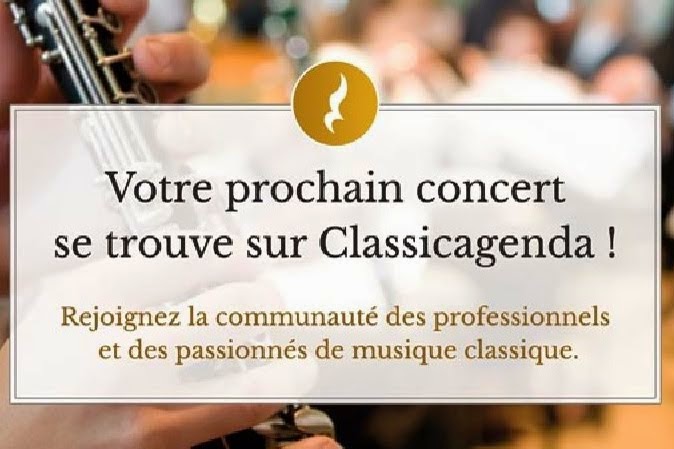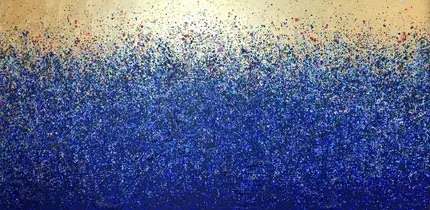Walking along a small
discrete street in the 15th arrondissement, rue Blomet, you can find
a little green space, where you can play “pétanque” – if you are a member of
the “Union Bouliste du 15e”. “Pétanque” is of course one form of the game of “boules”
where you are supposed to toss or roll steel balls as close as possible to a
small wooden ball, in general red, referred to as the “cochonnet” (actually meaning "piglet"). “Pétanque” comes from the provençal dialect word “petanca” which refers
to “feet fixed” – on the ground. “Pétanque” should be played with the feet
fixed. There are other forms of the “boules” games where you e.g. can do a “run
up” to the throw, in France in general referred to as “boule lyonnaise”.
The game,
mostly played by amateurs as a nice relaxed pastime, needs however - as we can see - a lot of concentration. (There are some more or less professional players also – not here
– and even World Championships.)
Then comes
the time for measuring the distance to the “cochonnet”.
There is also
time for a break.
Immediate
neighbour to the “pétanque” ground, 45, rue Blomet, there is now a little square
- previous buildings are gone. This used once to be the home of the French
sculptor Alfred Boucher (1850-1934), who had Camille Claudel as a pupil, working
as a teacher at the “Académie Colarossi” (I posted about it here.). He even sculpted Camille reading a book. When Boucher
moved to Florence he asked his friend Auguste Rodin to take over… and we know
what then happened.
During the
1920’s Juan Miro (1893-1983) shared a studio here with his friend Pablo
Gargallo (1881-1934).
Robert
Desnos (1900-1945), a poet who played a key role in the Surrealist movement
also lived here. His home became a meeting place for the leading Surrealist artists
like Arp, Dubuffet, Ernst, Gris, Malakine, Picasso, Man Ray, Tanguy, including
authors, poets like Eluard, Hemingway, Leiris, Gertude Stein…
Miro later offered
the sculpture “L’oiseau lunaire” (The Moonbird) which was placed here in 1974. It’s
meant as an homage to the poet Robert Desnos (also an active resistant who died
in a concentration camp).
A close
neighbour to 45, rue Blomet, was the cabaret “Bal Nègre” (at no. 33). (No
picture here – the building is behind scaffolding.) Before closing in the 1960’s
and especially during the 1920-30’s, this was a place where the above mentioned
artists met, but also Joséphine Baker, Maurice Chevalier, Mistinguette,
Foujita, Kiki de Montparnasse, Alexander Calder, Henry Miller, Ernest
Hemingway, F.S.Fitzgerald, Jean Cocteau, Francis Picabia, Kees van Dongen… and
even the future King Edward VIII. Later Sydney Bechet played here and the
future Saint-Germain-des-Prés “gang” – Sartre, de Beauvoir, Vian, Prévert,
Gréco… - met. The place is supposed to reopen in 2017, the scaffolding will hopefully
be gone and I may go there.










































































